Fix: ‘Your Device Ran Into an Error and Needs to Restart’ Error on Windows
The ‘Your device ran into an error and needs to restart’ BSOD causes the system to crash out of nowhere and in most cases, keeps occurring after rebooting the system.

This interrupting Blue Screen of Death occurs due to several reasons, such as:
- Viruses and generic corruption errors – There may be an infection on your PC, malicious software, or a corruption error that causes the system to crash.
- Compromised system files – If the integrity of your system files has been compromised due to an underlying issue within the system, you are likely to encounter problems while using Windows. If this scenario applies to you, you can use the built-in troubleshooting utilities in Windows to fix the issue.
- Corrupt or faulty drivers – All the drivers on the system should always be up-to-date. If any of the crucial drivers are outdated or infected with an error, your system will face frequent crashes and screens of death. You can update or reinstall the drivers to counter this problem.
- Problematic applications – In case the error started appearing after installing a new program, then there is a good chance of the program being the culprit. In this case, you can identify the problematic program and uninstall it from the system.
Now that you know about the potential causes, let’s take a look at the troubleshooting methods that will help you fix the problem for good.
1. Before You Proceed
To access the system, you must boot into Safe Mode before proceeding with troubleshooting.
Here is how you can boot into Safe Mode:
- Start the computer and press the power button during the boot screen to shut it down.
- Repeat this process thrice.
- When Windows boots for the fourth time, it will launch the Automatic Repair screen.
- In the following window, click on Troubleshoot.
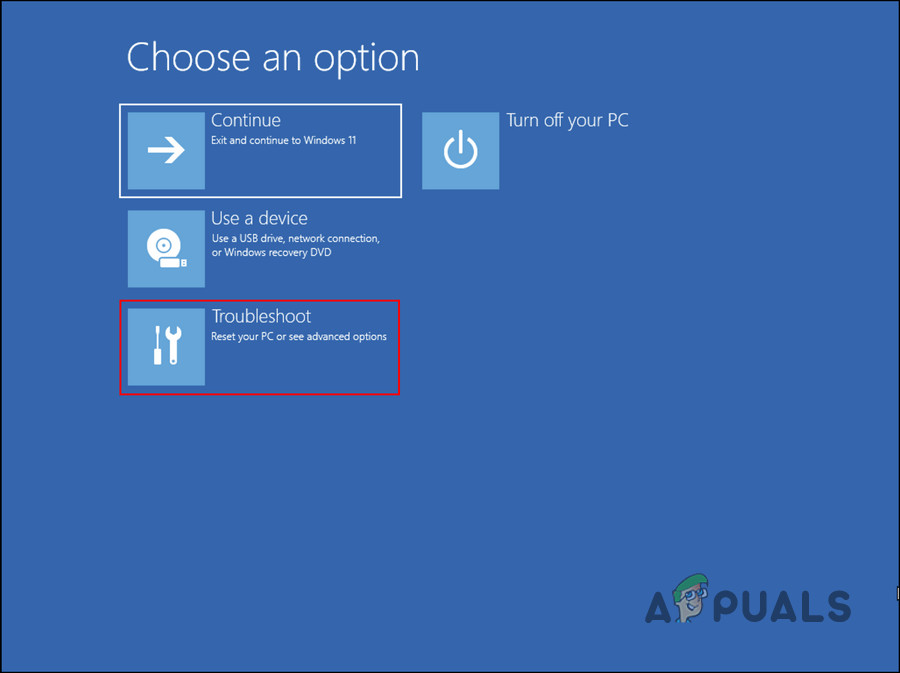
Choose Troubleshoot in the Repair screen - Choose Advanced options > Startup settings.
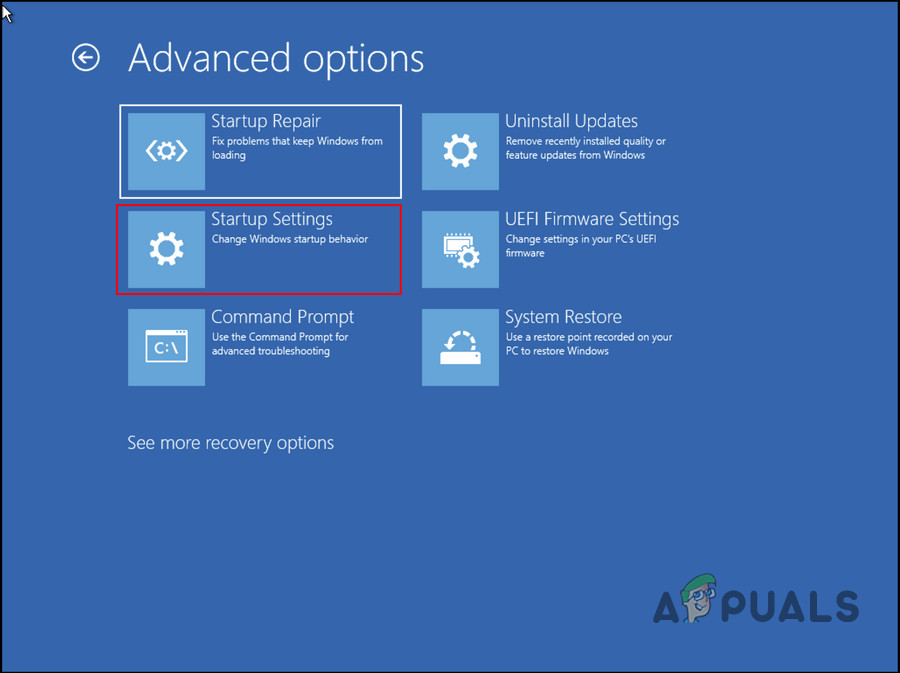
Startup settings in the Advanced options screen - Now, click on the Restart button and then press 4 to boot to Safe Mode.
Once your system is launched into Safe Mode successfully, you can proceed with the methods below.
In the event that you cannot boot into Safe Mode, you will need to create Windows recovery media in order to access the Windows recovery environment. If that happens, all you need to do is plug the USB drive into your computer and boot into the Windows recovery environment after creating the installation media.
2. Run SFC and CHKDSK Scans
Once you are in the Safe Mode, the first thing that you should do is run the System File Checker and CHKDSK utility via Command Prompt to fix the ‘Your device ran into an error and needs to restart’ BSOD. By using SFC, you can scan for inconsistencies in protected system files. Upon finding any issues, it will replace them with healthy replacements.
CHKDSK, on the other hand, scans your hard drive for errors and resolves them if any are found.
This method uses the Command Prompt via the Advanced Options screen. Here is all that you need to do:
- Type cmd in Windows search and click Run as administrator to launch Command Prompt with administrative privileges.
- Inside the Command Prompt window, type the command mentioned below and hit Enter to execute the command.
sfc /scannow
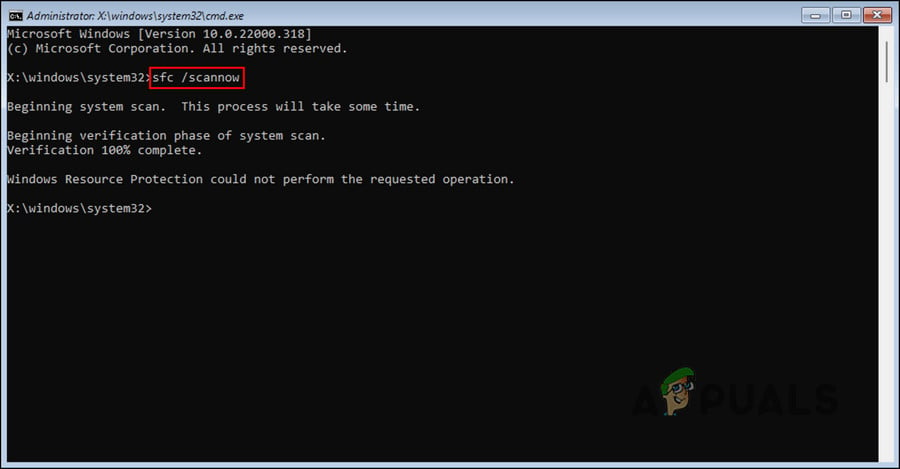
Execute the SFC command - Wait for the command to complete. After it has been completed, execute the chkdsk command. You should replace c with the letter of your main partition if the c drive is not your main partition.
chkdsk c: /r
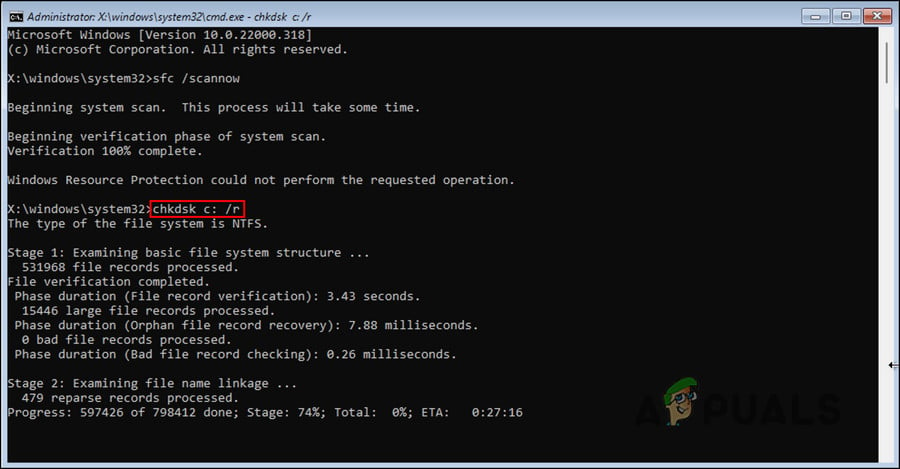
CHKDSK command in Command Prompt
After the process is completed, check if the issue is resolved.
3. Update Drivers
In the event that any of the drivers that are crucial for the system to properly work are corrupted or outdated, you are likely to face this problem.
In the case of this specific crash, several users reported that the graphics drivers were the leading cause of the issue, and they managed to fix the issue by updating them. For that purpose, in this method, we will walk you through the steps of updating the graphics driver through the Device Manager utility of Windows.
If you are not comfortable using the Device Manager, you can opt for a third-party driver updater as well
If you prefer updating manually, here is what you need to do:
- Type Device Manager in the search area of the taskbar and click Open.
- In the following window, expand the Display Adapter section and right-click on your graphics card driver.
- Choose Update driver from the context menu.

Update the graphics driver - Now, click on Search automatically for drivers in the next dialog and follow the on-screen process to complete the update.

Search the system for available driver updates
Perform the same steps with other important drivers and see if that fixes the ‘Your device ran into an error and needs to restart’ BSOD.
4. Undo the Recent Changes
If the error started occurring after a recent system update or program installation, the change you made is likely the cause.
Fortunately, the solution is as simple as undoing these changes. You can either use the System Restore utility to revert to a previous system state, or you can uninstall the recently installed apps or update them manually.
To manually uninstall the applications, follow these steps:
- Type Control Panel in the search area of the taskbar and click Open.
- In the following window, navigate to Programs > Uninstall a program.

Uninstall a program via Control Panel - Locate the program you wish to uninstall and right-click on it.
- Choose Uninstall and follow the on-screen instructions to proceed.
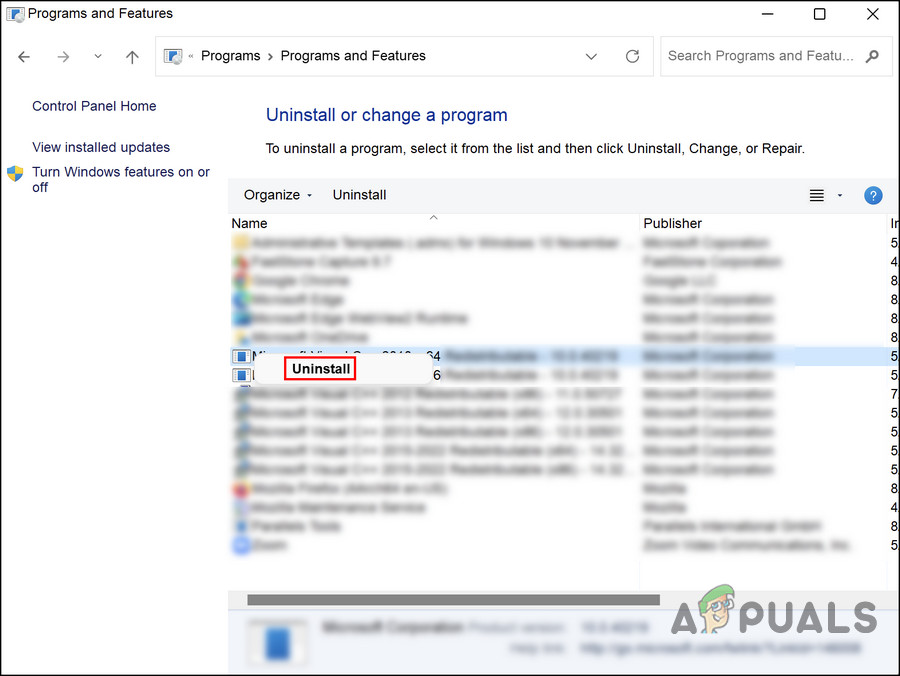
Uninstall the recently installed app
To uninstall the recently installed updates, here is what you need to do:
- Press Win + I to open Windows Settings.
- Choose Windows Update > Update history option on the right side of the window.
- Select Uninstall updates under the Related settings section.
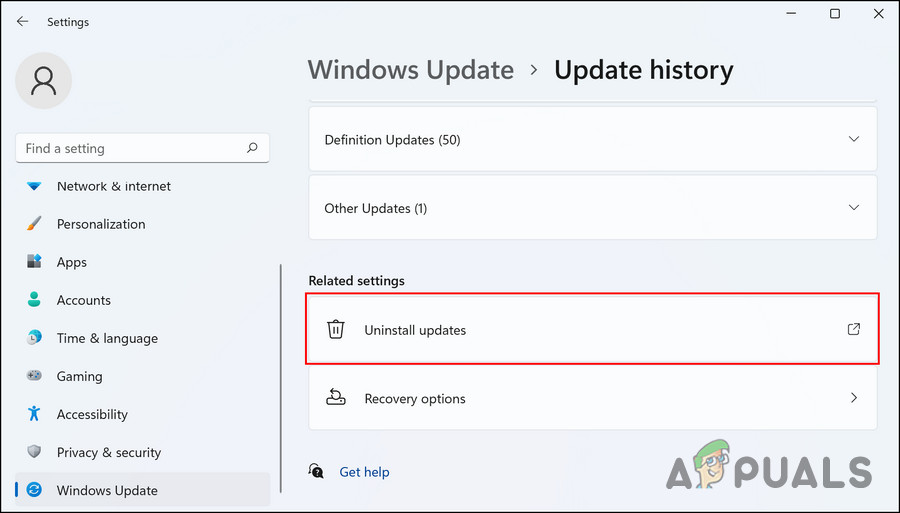
Uninstall updates in Windows - Your PC will show a list of updates installed in the following window. To uninstall the targeted one (preferably the most recent), right-click on it and select Uninstall.
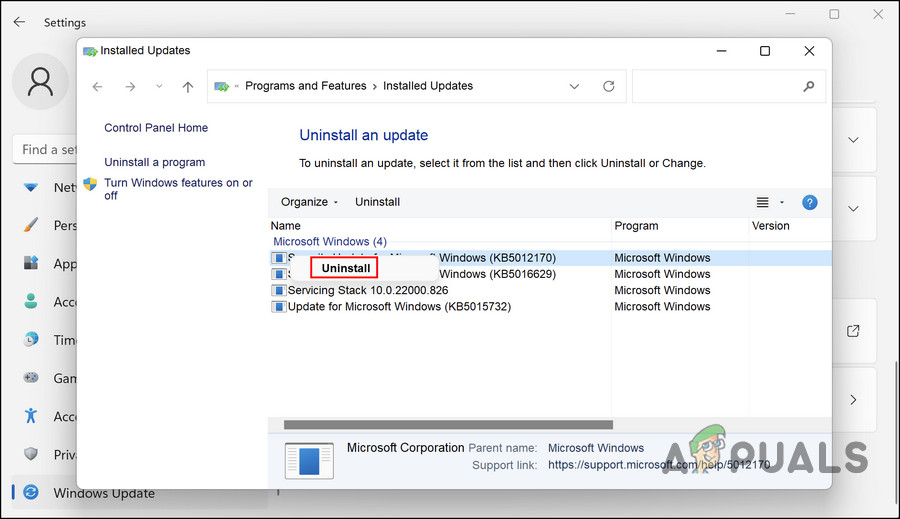
Uninstall a recent update - Click Yes in the User Account Confirmation prompt to proceed.
5. Reset Your PC
In the event that troubleshooting doesn’t resolve the ‘Your device ran into an error and needs to restart’ BSOD, you can try resetting the PC.
Resetting the PC essentially means reverting the system to the state it was when you first started using it. However, fortunately, Windows gives users the option to keep their personal files and data if they want during the process. If you have saved your critical data elsewhere as well, then we recommend you allow the system to wipe the data during the process.
To proceed with a reset, follow these steps:
- Launch Windows Settings by pressing Win + I keys.
- Choose System from the left pane.
- Head over to Recovery > Reset this PC.
You can now follow the on-screen instructions to proceed.
Hopefully, resetting the system will solve the problem for good. Another option is performing a repair install of Windows. However, that method is a bit time-consuming, so we suggest you go ahead with it when resetting does not fix the ‘Your device ran into an error and needs to restart’ BSOD.





